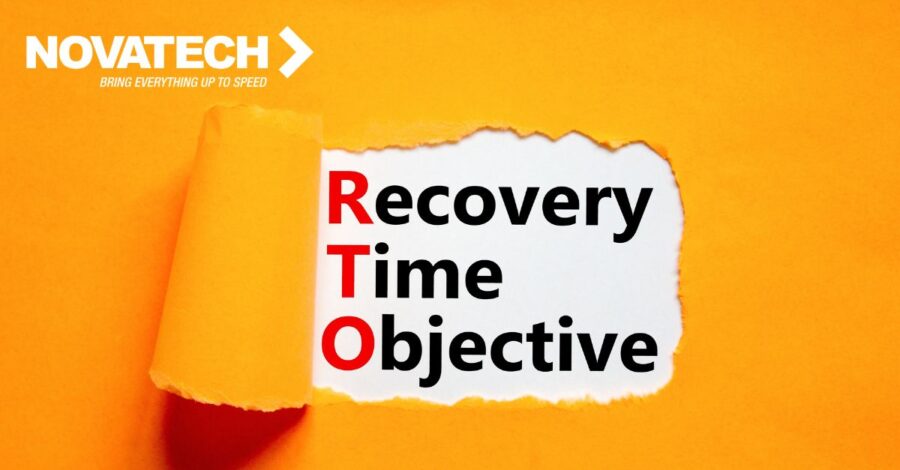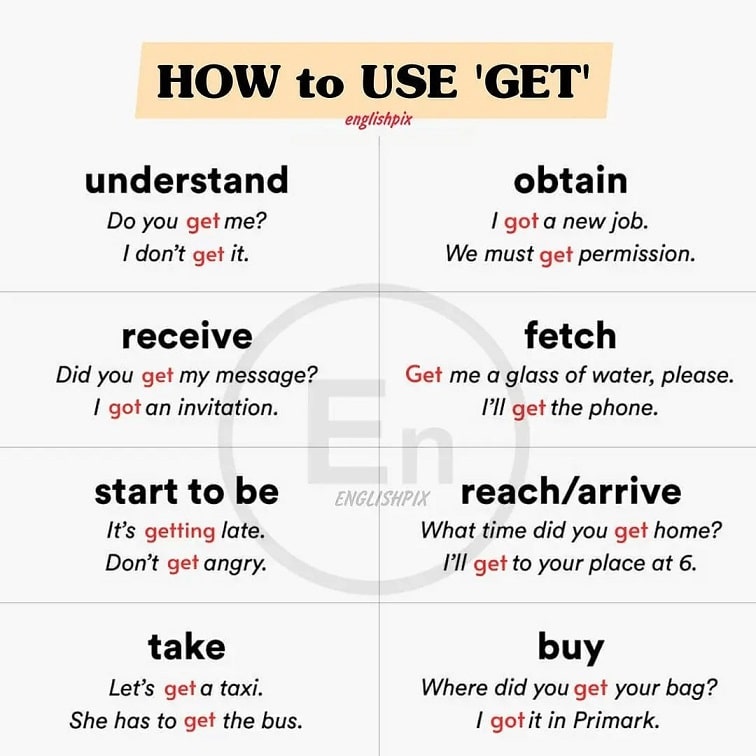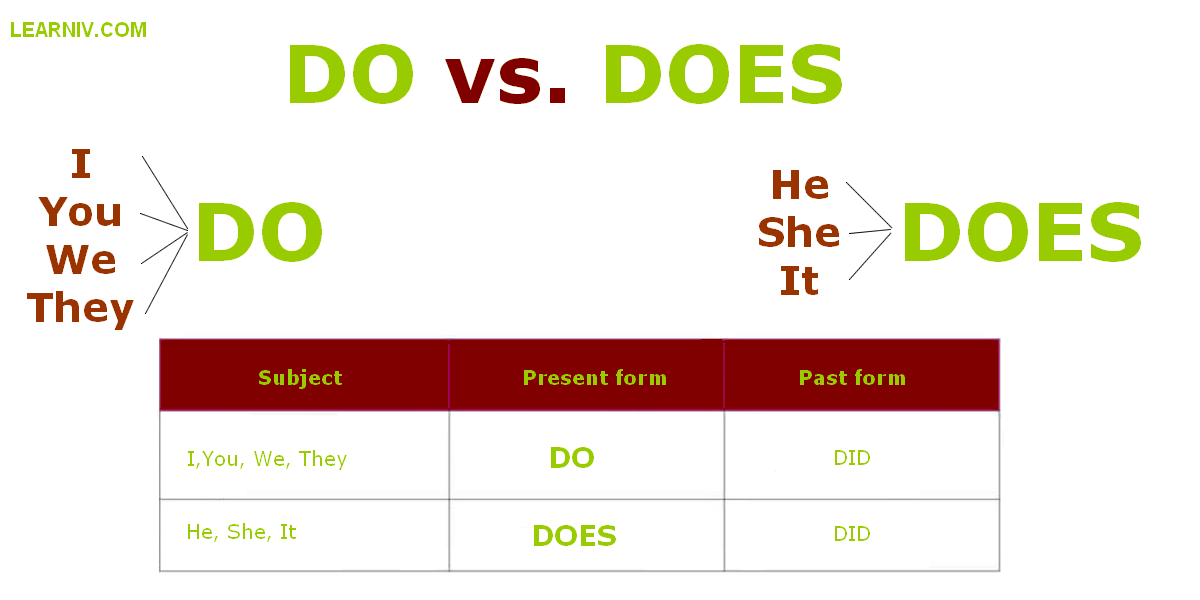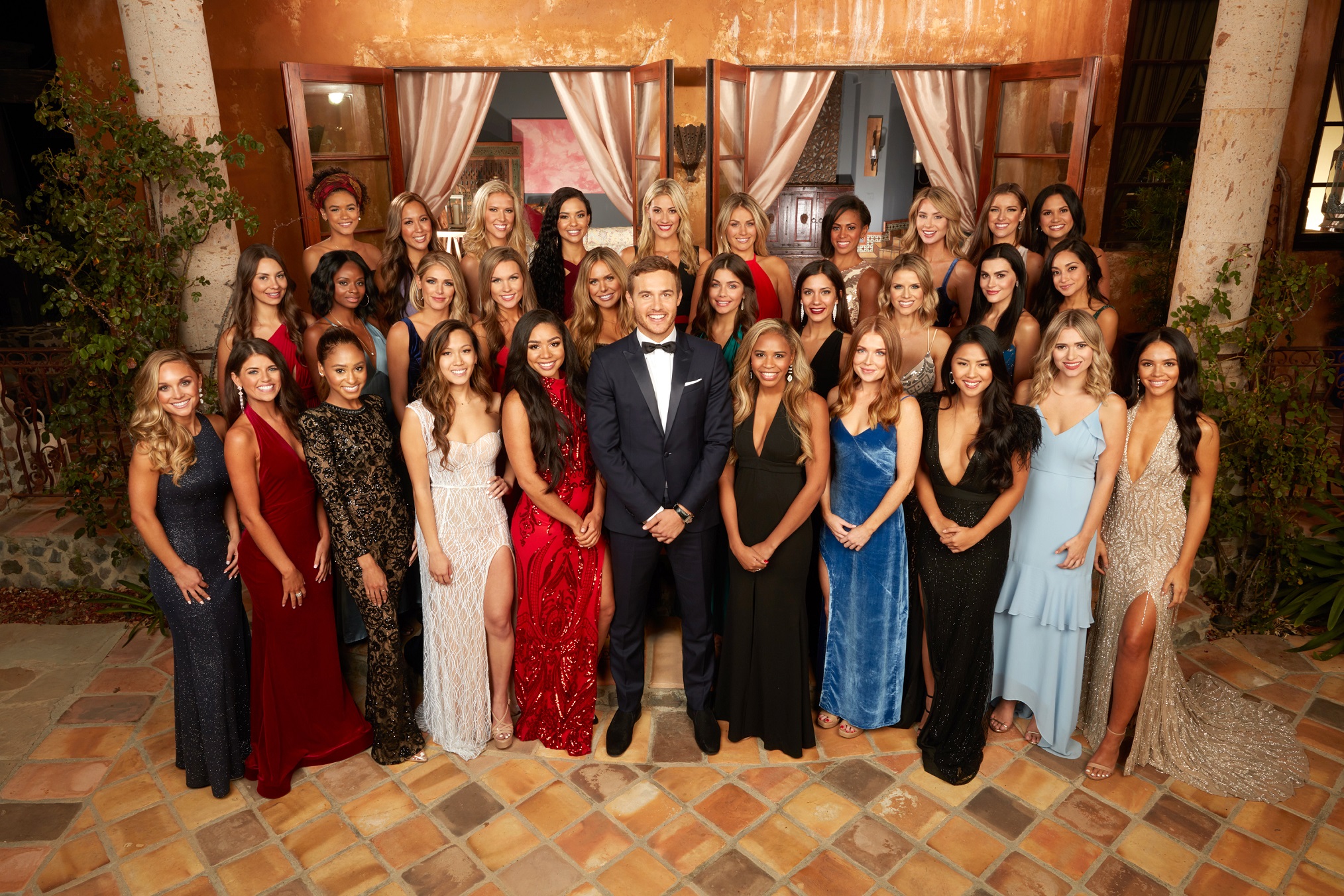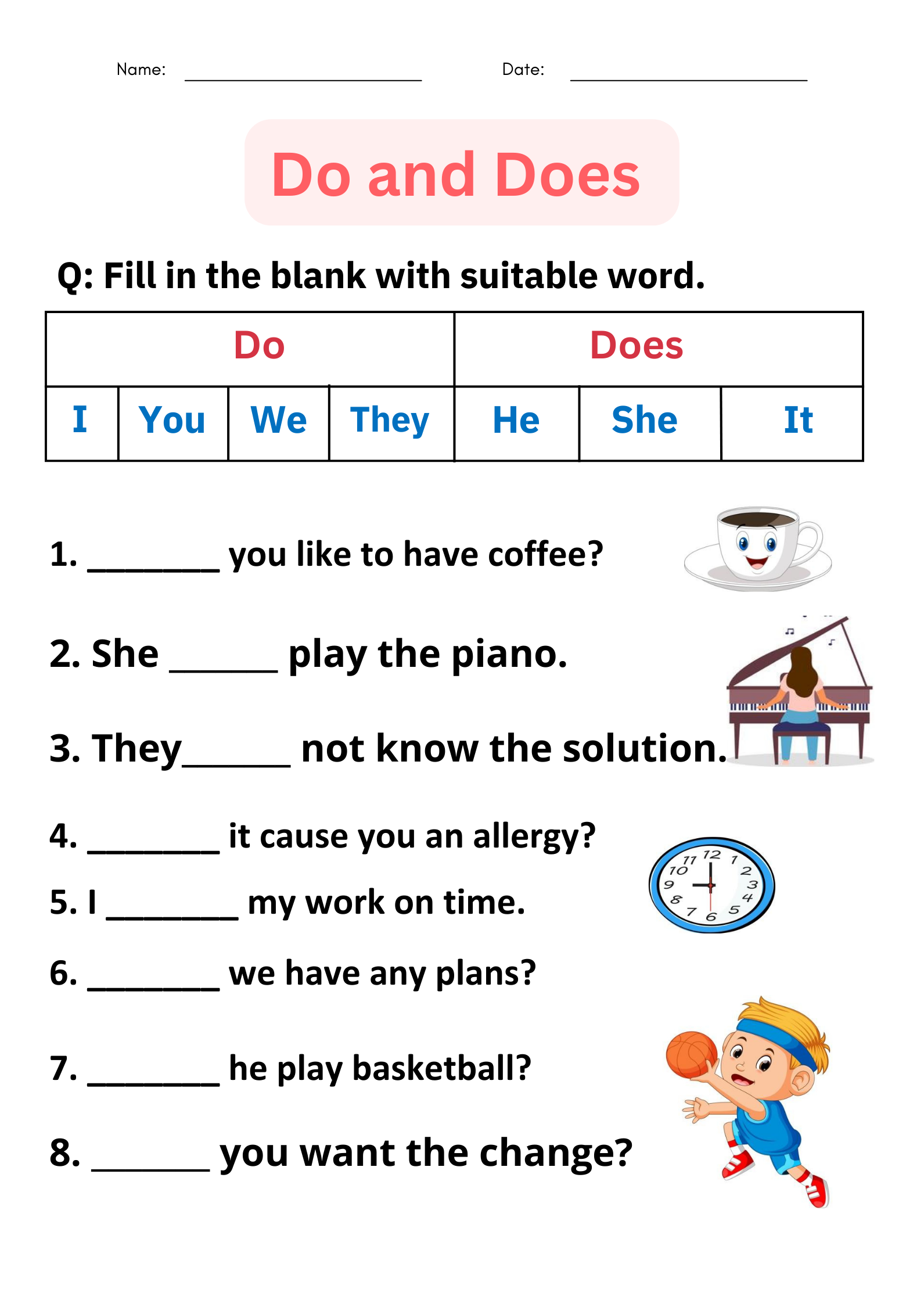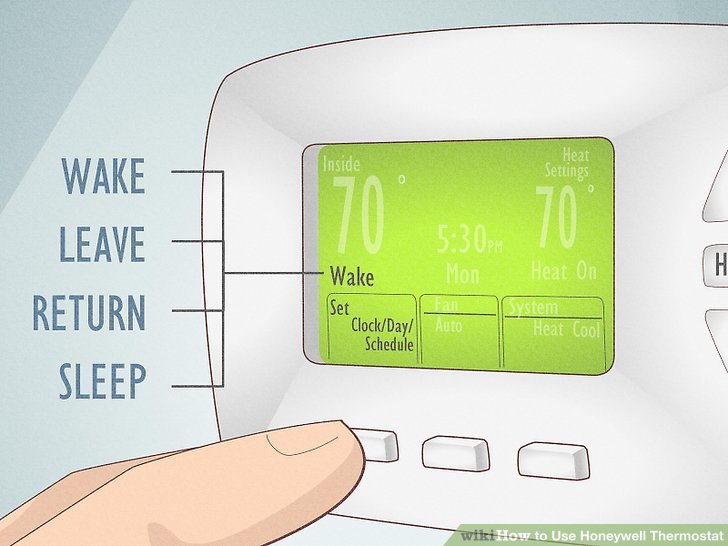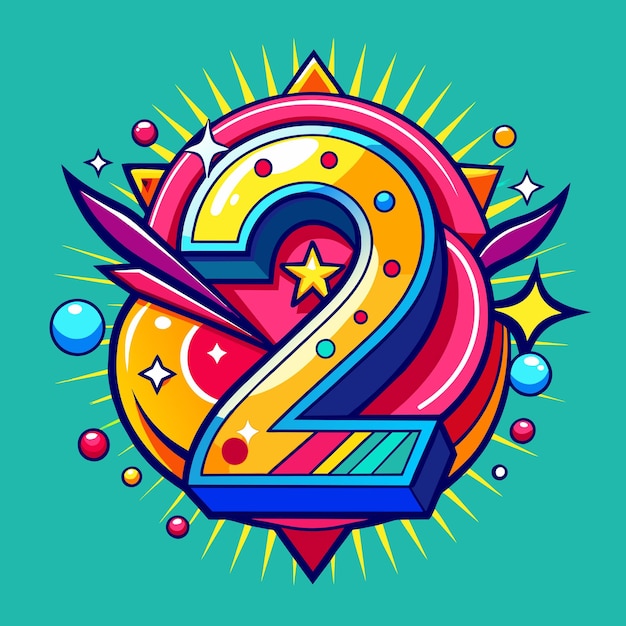What a Marketing Intern Does: Daily Tasks, Skills, and How to Get Hired
Overview: What a Marketing Intern Actually Does
A marketing intern supports a company’s advertising and promotional efforts with a mix of administrative, creative, and analytical tasks. Common duties include assisting campaign planning and execution, building or scheduling social posts, creating promotional materials, conducting market and competitor research, and reporting performance metrics [1] [2] [3] . These hands-on activities help interns learn strategy while contributing to tangible outcomes like audience growth and lead generation [4] .

Source: woodwardenglish.com
Core Responsibilities (With Real-World Examples)
1) Campaign Support and Execution
Interns often help set up campaigns, coordinate assets, track key metrics, and ensure timelines are met. Practical tasks may include drafting briefs, QA-checking links and UTMs, and monitoring ad performance to flag wins or issues. For example, an intern might assist a product launch by preparing email copy drafts, setting up a simple dashboard to track opens and clicks, and summarizing weekly results for the team [3] [1] [4] .
Step-by-step to implement:
- Clarify campaign goals (e.g., sign-ups, demo requests) and KPIs with your manager.
- Gather assets (copy, images, landing pages) and confirm approvals.
- Build a simple tracking sheet with date, channel, spend, impressions, clicks, conversions.
- Check links, UTMs, and targeting before launch.
- Report results at agreed intervals with insights and next-step suggestions.
Common challenges include unclear objectives and scattered assets. Solve this by requesting a brief template and centralizing files in a shared drive with version control.
2) Content Creation and Copywriting
Writing copy for social posts, emails, and promotional materials is typical. Interns may also assist with visuals or simple video edits for multi-channel campaigns, keeping tone and brand guidelines consistent. An intern might draft a week’s worth of posts for an upcoming webinar, adapt the messaging for LinkedIn and Instagram, and create short captions that align with a brand style guide [3] [4] .
Step-by-step to implement:
- Request the brand voice and tone guide; study recent top-performing posts.
- Create a content calendar with themes, channels, and dates.
- Draft variations per channel; keep CTAs concise and test different hooks.
- Use a checklist for grammar, links, and asset specs before submitting for review.
- Collect performance data post-publish to refine future drafts.
If resources are limited, focus on repurposing: turn one blog into a thread, carousel, and short email tease. This approach saves time while maximizing reach.
3) Social Media Scheduling and Community Support
Interns frequently schedule posts, monitor comments, and surface audience insights. They may maintain a response log for common questions and escalate issues to the right team member. For example, an intern might manage a two-week content queue, respond to routine queries with approved language, and flag product questions for Customer Success [2] [4] .
Step-by-step to implement:
- Confirm the posting schedule, tone guidelines, and escalation paths.
- Prepare posts in batches and seek approval in advance.
- Set daily check-in windows to reply and moderate.
- Log FAQs and engagement patterns; share insights weekly.
- Propose small experiments (hashtags, posting times) and report outcomes.
Potential pitfalls include overpromising response times or going off-message. Avoid this by using pre-approved scripts and documenting exceptions.
4) Market and Competitor Research
Research tasks can include scanning competitor messaging, cataloging features and pricing, and analyzing audience feedback to inform positioning. Interns might compile a simple matrix comparing competitors’ channels, content tactics, and engagement, then present key takeaways and opportunities to differentiate [1] [2] .
Step-by-step to implement:
- Define the research question (e.g., “Which channels drive the most engagement for competitors?”).
- List top competitors and sources (websites, socials, newsletters).
- Capture examples with dates and links in a shared spreadsheet.
- Summarize patterns, gaps, and 2-3 actionable recommendations.
- Propose a low-risk test (e.g., a new content format) and a simple metric to evaluate impact.
To avoid bias, note what you don’t know and use qualifying language. Always separate observations from recommendations.
5) Administrative and Cross-Functional Support
Interns also handle essential administrative tasks that keep projects on track: meeting notes, file organization, preparing slides, and coordinating with sales or events teams. In event-heavy roles, interns may participate in promotions, on-site engagement, and customer service during activations, then assist with post-event follow-up and reporting [1] [5] .
Step-by-step to implement:
- Create a shared agenda and note template for recurring meetings.
- Standardize file names and folder structures for easy retrieval.
- Use checklists for event tasks (pre, during, post) and assign owners.
- Summarize outcomes and next steps within 24 hours of key meetings or events.
- Maintain a dashboard of action items with deadlines and status.
Skills, Tools, and Competencies
Hiring pages frequently note competencies such as clear communication, presentation skills, organization, and proficiency with productivity suites. Creativity, attention to detail, and the ability to work under deadlines are also common requirements [2] [1] . Interns may assist with SEO, basic analytics, and reporting, making comfort with spreadsheets and simple dashboards valuable [3] .
Example tool stack you might use (varies by employer):
- Spreadsheets and slides for tracking and presentations.
- Social scheduling tools for queues and approvals.
- Basic design or video tools for lightweight assets.
- Analytics dashboards to monitor performance.
Tip: If you lack experience, create mock campaigns or volunteer projects to demonstrate capability. Document goals, process, and outcomes as a mini case study.
Day-in-the-Life: Example Schedule
While every company differs, a typical day could include: a morning check of campaign dashboards and social inboxes; drafting or polishing copy for a newsletter; a stand-up with the marketing team; competitor research for a positioning project; scheduling next week’s posts; and a short report summarizing learnings from a recent experiment [1] [4] .
How to Land a Marketing Internship (Step-by-Step)
- Clarify focus areas: Decide whether you prefer content, social, events, or analytics. Use job descriptions to align your portfolio examples with the role [1] [3] .
- Create 2-3 brief case studies: Showcase a project’s objective, your role, the process, and measurable outcomes (even if hypothetical or volunteer).
- Build a simple portfolio: A slide deck or shared folder works. Include writing samples, content mocks, or a short analytics breakdown.
- Prepare for interviews: Practice explaining a campaign idea, how you’d track success, and how you handle feedback and deadlines [2] .
- Network and apply widely: You can search university career centers and reputable job boards. If you are unsure of specific sites, use your school’s official career portal and professional networking platforms by searching for “marketing internship” and your city or industry focus. When in doubt, contact your university’s career services office by phone or email for current listings.
Alternative pathways include short contract projects, campus organization roles, or hackathon-style marketing challenges to build experience quickly.
On-the-Job Success Tips
Set expectations early by confirming goals, timelines, and review processes with your manager. Use a weekly 1:1 agenda to track progress and blockers. Document your work in a living log with links to assets and outcomes. Start small experiments with clear hypotheses and share concise readouts. Finally, ask for feedback frequently and turn it into action items for the following week [4] [3] .
Event-Focused Internship Example
Some internships emphasize events and promotions. Duties could include driving ticket sales with targeted promotions, coordinating with media (like radio correspondence), engaging patrons on-site, and handling special promotions during evenings or weekends. Post-event, interns may help analyze outcomes and propose improvements for the next activation [5] .
Implementation guidance:
- Create a calendar of promotional milestones and partner deliverables.
- Draft outreach templates for media partners and track responses.
- Prepare on-site engagement scripts and contingency plans for high-traffic moments.
- After the event, compile metrics (attendance, engagement, sales lift) and 3 learnings.
Key Takeaways
- Marketing interns blend admin, creative, and analytics work that supports campaigns and growth [1] [3] .
- Core tasks include content creation, social scheduling, research, and reporting with clear KPIs [2] [4] .
- Success depends on communication, organization, and learning loops that turn data into action.
References
[1] Workable (2022). Marketing Intern job description.

Source: es.learniv.com
[2] Comeet (n.d.). Marketing Intern Job Description Template.
[3] Monster (2025). Marketing Intern Job Description Template.
[4] Absolute Internship (2024). Internships in Marketing: What To Expect.
[5] Kansas State University (n.d.). Marketing Internship Job Description (Country Stampede).
MORE FROM mumsearch.com
